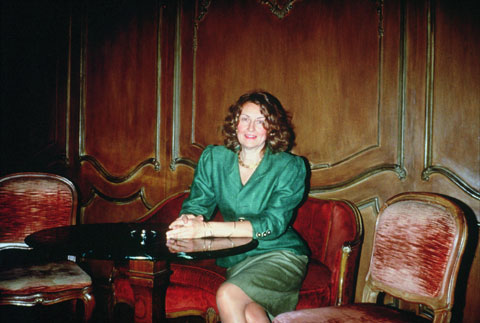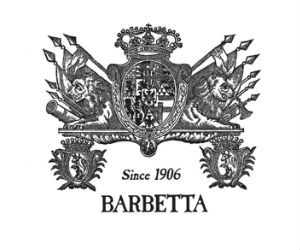Barbetta has been serving the cuisine of Piemonte since Sebastiano Maioglio first opened Barbetta in 1906. On the Barbetta menu by each dish is noted the year in which it was first served at Barbetta. From the menu, it can be seen that traditional Piemontese dishes such as Agnolotti, Risotto, Polenta, and Bollito have been served at Barbetta since 1906.

When Laura Maioglio, daughter of the founder, took over in 1962, she was determined to make Barbetta more Piemontese than ever, adding such typical dishes as Fonduta, Carne Cruda, Bagna Cauda, Bue al Barolo, and introducing white truffles and Piemonte’s traditional white truffle dishes.
In 1962, Ms. Maioglio started bringing in white truffles — hunted by her own truffle hounds because at that time white truffles were not available on the American market. Since then Barbetta has served white truffles regularly during the white truffle season, the first restaurant in America to do so.
As one would expect from a restaurant that is over 100 years old, the cuisine and menu at Barbetta reflect the 109 – year culinary history of the restaurant and the taste and recipes of the owners and the chefs who have worked at Barbetta through the years.
Unlike those restaurants where the arrival of a new chef heralds an almost entirely new menu, at Barbetta at any moment in time, the menu is a collection of dishes representing the past, the present, and the future of Barbetta’s cuisine.
The running of the kitchen at Barbetta has always been a very close collaboration between owner and chef, with the owner acting like the ?designer? and the chef and his team like the ?sample room,? to use an analogy from the fashion world. As such, it is a very hands-on operation for owner Laura Maioglio. Beginning in 2004, Ms. Maioglio introduced a new system in the kitchen, creating the team concept. Rather than working through an individual Executive Chef, Ms. Maioglio now works with a team of highly accomplished Chefs, each responsible for the dishes each one makes best. The Sous Chefs are also encouraged to create new dishes to present to her for possible inclusion on the menu. To this Team de Cuisine, as Ms. Maioglio has named it, she acts as coach. Ms. Maioglio?s team concept follows the lines of a sports team and its coach.
Creativity at Barbetta is the first priority. But Ms. Maioglio insists that creativity and innovation be within the Italian idiom. That, she believes, is the true challenge facing Italian cuisine today.
Following Ms. Maioglio’s philosophy every dish (new or old) must meet certain requirements. The flavor of the dish must be Italian, the dish must be true to the way food is prepared in Italy, if the dish is a known classic or traditional Italian dish it should be the very best example of its kind, and if the dish is a totally new creation its roots (to the cuisine or dish of a given Italian region) must be identifiable in its taste, that is its “pedigree” must be recognizable.
There is such a thing as an Italian flavor, as easily identifiable to a person with experience eating in Italy, as the music of a given composer is recognizable to a lover of music.
Authenticity at Barbetta does not mean working within inflexible constraints, but achieving results which are unequivocally Italian.
